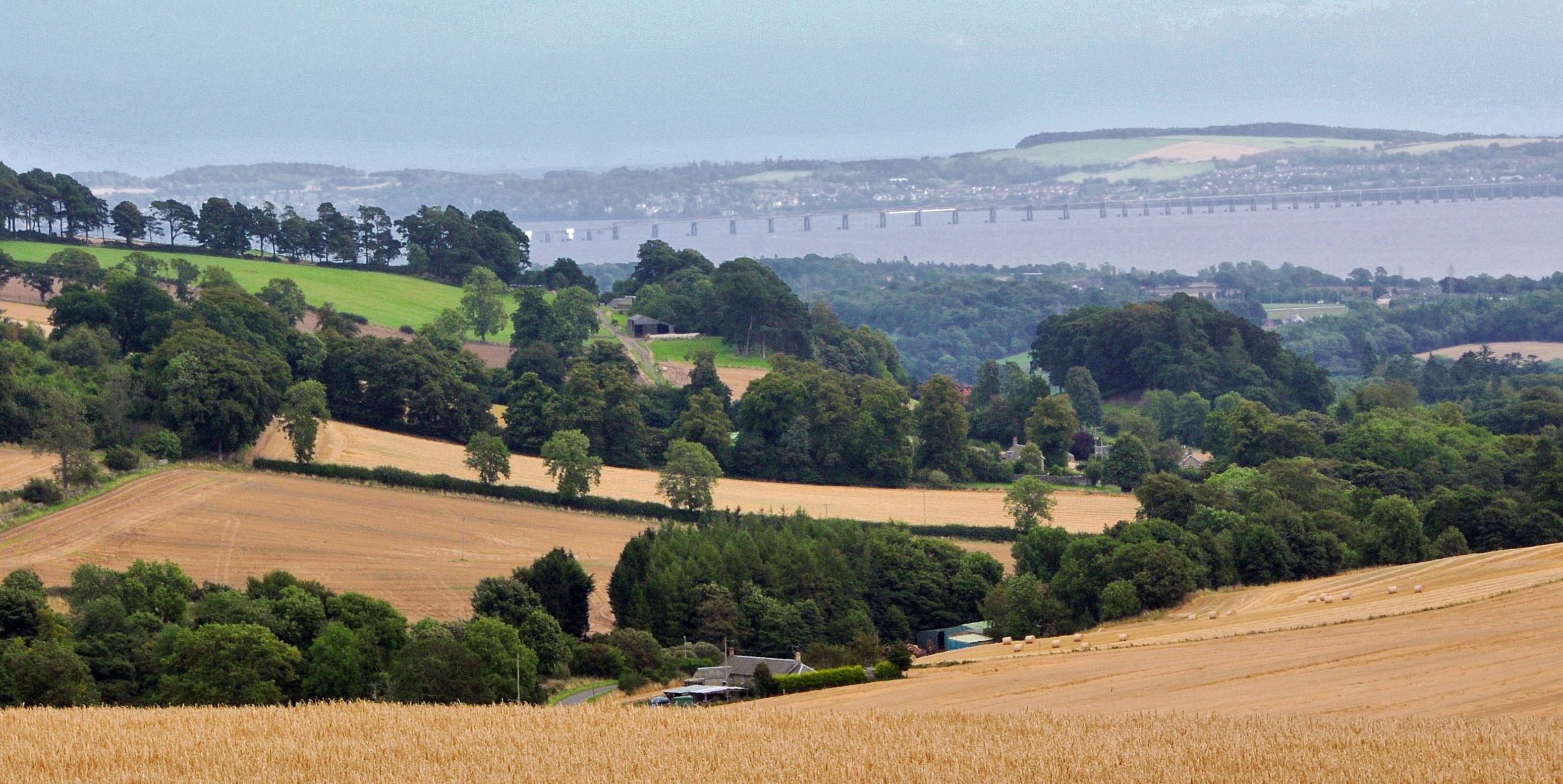A ground-breaking scientific project which will aim to find ways of making arable farming more sustainable is about to get under way on the north-western edge of Dundee.
Scientists from the James Hutton Institute (JHI) based at Invergowrie are already working with some of the 12 key farmers who grow crops in the Balruddery burn catchment which stretches from Birkhill to Longforgan and incorporates Invergowrie as well as urban west and north west Dundee.
The work – which is funded by the Scottish Government – will look at developing and communicating innovative approaches to sustainable land use and is likely to help inform future farm policy.
JHI head of agroecology, Dr Graham Begg, said that by collaborating with farmers the project would be able to map habitats across the catchment and collect ecological data on vegetation. Surveys of plants and insects would be conducted and land management practices will be catalogued.
A key aim will be to look at how farmers can add value to Ecological Focus Areas (EFAs) for their own benefit.
“We will ask how more can be made of EFAs and how they can give something back to the farmer,” said Dr Begg.
“We will look at using natural pest controls and pollinators as well as methods of preventing surface run-off that leads to soil erosion and flooding.”
Dr Begg added that getting the engagement of stakeholders was crucial and more than half the target farmers had already agreed to collaborate with the scientists. Some have agreed to trial the use of ‘magic margins’, a measure to prevent soil erosion on steep slopes which was developed at JHI’s experimental farm at Balruddery.
“It’s about getting together a group of people with different expertise to solve the problems we face,” Dr Begg added.
“It’s also a platform for farmers to speak to other farmers about how to be most effective and to think about managing land and the wider landscape.”
While work has previously been done at field trials level or on a broad national basis, this is the first time a catchment has been used to help understand how land-use practices play out across a landscape.
Dr Begg said that although cropping was at the heart of the landscape, the project would look at the range of land uses that appear in the catchment.
He added: “We’re interested not just in the classic agricultural processes or stakeholders but everything that goes on in the area.”
There are 50 individual farm holdings in the catchment but 73% of the land is managed by just 12 farmers. Around 15% of the land area is in the urban area and includes leisure businesses and areas where people walk dogs or ride horses.
Dr Begg said he intended to engage with the urban population when the institute opens its doors on Open Farm Sunday in June.
nnicolson@thecourier.co.uk










